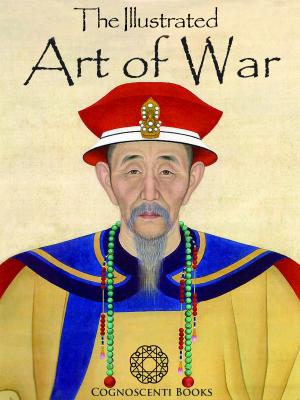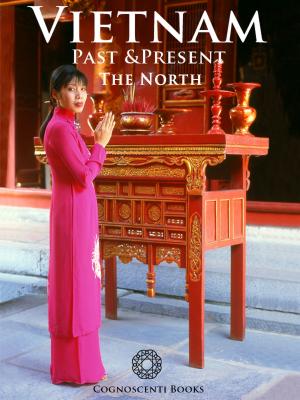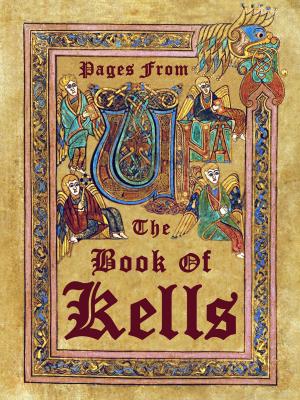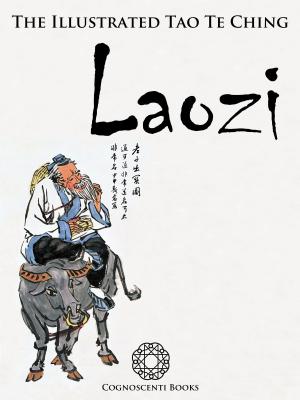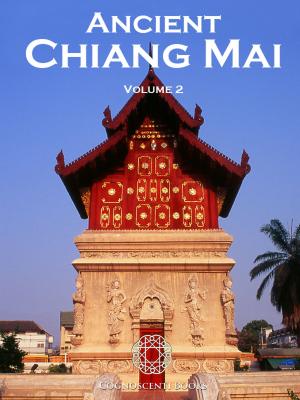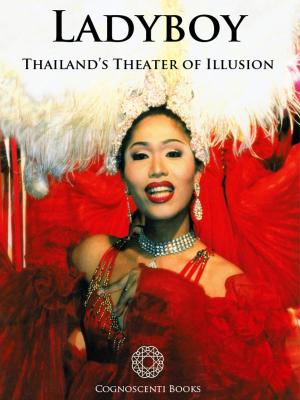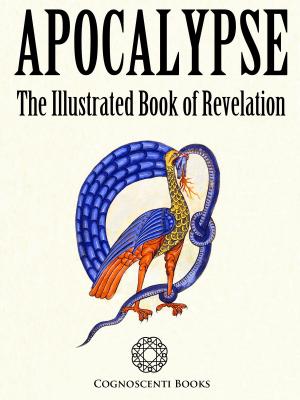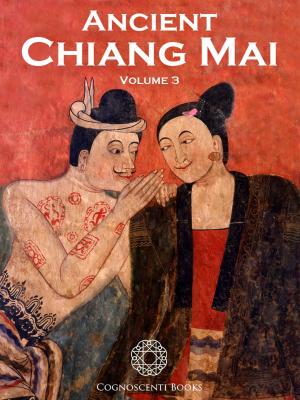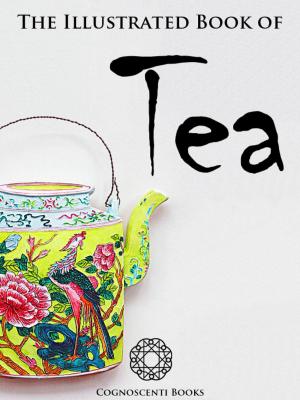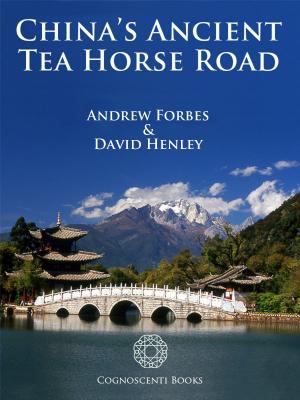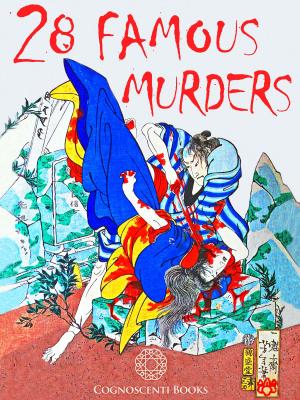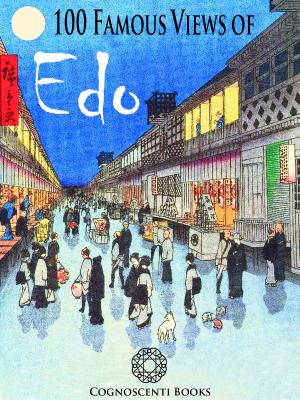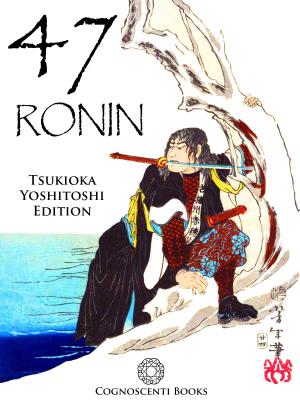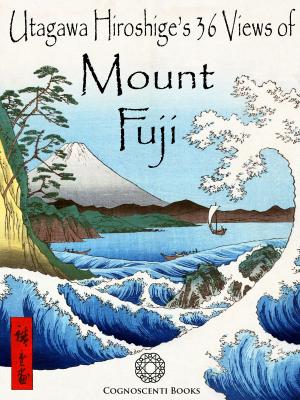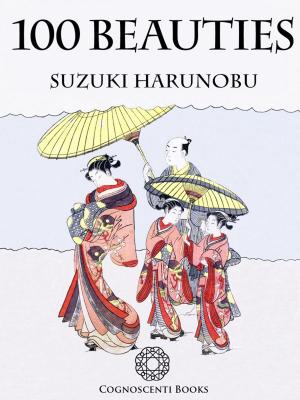| Author: | Andrew Forbes, David Henley | ISBN: | 1230000103927 |
| Publisher: | Cognoscenti Books | Publication: | February 1, 2013 |
| Imprint: | Language: | English |
| Author: | Andrew Forbes, David Henley |
| ISBN: | 1230000103927 |
| Publisher: | Cognoscenti Books |
| Publication: | February 1, 2013 |
| Imprint: | |
| Language: | English |
During the latter half of the twentieth century the little-known and often lawless region where Laos, Burma, Thailand and China meet has become known and widely romanticised as ‘The Golden Triangle’. Originally a Western designation applied to the region because of its wealth in jade, silver, rubies, lumber, rare animal products and, above all, opium, the name has stuck and is today accepted both in Chinese and in Thai.
By reputation, by very definition, the area is off the beaten track. The home of drug warlords, arms dealers, insurgent armies, latter-day slave traders and plain, old-fashioned bandits, it is also the home of an extraordinarily wide range of colourful ethnic minorities, many still only partly known and understood, and a veritable Tower of Babel linguistically.
In recent years the defeat of communist insurgencies in Thailand and Burma, coupled with the lowering of the Bamboo Curtain in China and Laos as both those countries slowly switched to free trade, has opened some parts of the Golden Triangle to the outside world for the first time in decades.
Other areas—most notably Burma's Wa States—have never really been open. Even during the British Raj the area remained sealed off, closed to outsiders. And for good reason: the ‘Wild Wa’ were head-hunters who lived in all-but-impregnable thorn-stockaded villages. The only way in was by a narrow, winding tunnel, pierced with narrow slots which ensured the uninvited could be pierced with spears as they wormed their way in. Heads were taken to ensure the abundance of the harvest, and prominently displayed near the frontiers of Wa territory. Hardly surprisingly, people stayed away.
People stayed away; yet there was one exception. The rugged, indomitable Yunnanese Chinese known to the Burmese as Panthay, and to the Thai and Lao as Haw, were—and to some extent still are—the Masters of the Golden Triangle.
70 historic images, 46 contemporary images, 5 maps, Bibliography
During the latter half of the twentieth century the little-known and often lawless region where Laos, Burma, Thailand and China meet has become known and widely romanticised as ‘The Golden Triangle’. Originally a Western designation applied to the region because of its wealth in jade, silver, rubies, lumber, rare animal products and, above all, opium, the name has stuck and is today accepted both in Chinese and in Thai.
By reputation, by very definition, the area is off the beaten track. The home of drug warlords, arms dealers, insurgent armies, latter-day slave traders and plain, old-fashioned bandits, it is also the home of an extraordinarily wide range of colourful ethnic minorities, many still only partly known and understood, and a veritable Tower of Babel linguistically.
In recent years the defeat of communist insurgencies in Thailand and Burma, coupled with the lowering of the Bamboo Curtain in China and Laos as both those countries slowly switched to free trade, has opened some parts of the Golden Triangle to the outside world for the first time in decades.
Other areas—most notably Burma's Wa States—have never really been open. Even during the British Raj the area remained sealed off, closed to outsiders. And for good reason: the ‘Wild Wa’ were head-hunters who lived in all-but-impregnable thorn-stockaded villages. The only way in was by a narrow, winding tunnel, pierced with narrow slots which ensured the uninvited could be pierced with spears as they wormed their way in. Heads were taken to ensure the abundance of the harvest, and prominently displayed near the frontiers of Wa territory. Hardly surprisingly, people stayed away.
People stayed away; yet there was one exception. The rugged, indomitable Yunnanese Chinese known to the Burmese as Panthay, and to the Thai and Lao as Haw, were—and to some extent still are—the Masters of the Golden Triangle.
70 historic images, 46 contemporary images, 5 maps, Bibliography

